

Fire Service Technical Search and Rescue, Eighth Edition Manual
New $69 to $81
This manual is a primary training text for Level I Rescuers, presenting the knowledge and skills for fire service search and technical rescue for Level I Rescuers to safely and effectively conduct Operations-level rescues as defined in NFPA 1006. It also supports the corresponding chapters of NFPA 1670, Standard on Operations and Training for Technical Search and Rescue Incidents (2014 Edition).
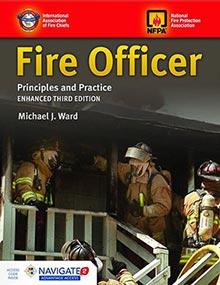
Fire Officer Principles and Practice, Enhanced Fourth Edition Manual
New $105
This manual covers the entire spectrum of the 2014 Edition of NFPA 1021: Standard for Fire Officer Professional Qualifications.
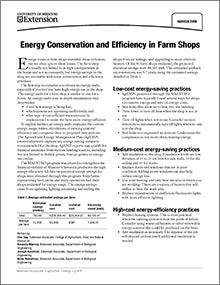
Energy Conservation and Efficiency in Farm Shops
New
Learn practical strategies to reduce energy use and costs in farm shops, including audits, insulation, and efficient lighting.
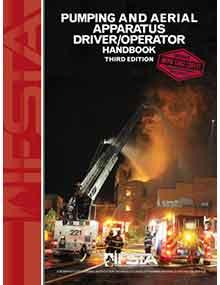
Pumping and Aerial Apparatus Driver/Operator Handbook, Third Edition
New $76 to $89
The new editions of IFSTA’s fire apparatus driver/operator training materials mark a new approach to training driver/operators. The Pumping and Aerial Apparatus Driver/Operator Handbook, Thfive5 chapters relevant to aerial apparatus. Personnel on departments that operate both types of apparatus now only need one manual and one curriculum for training.
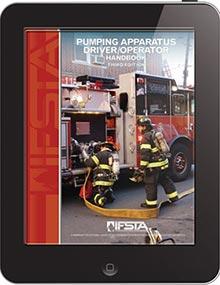
Pumping Apparatus Driver/Operator, Third Edition Manual E-book
New $62
The new editions of these best-selling IFSTA fire apparatus driver/operator training materials mark a new approach to training driver/operators.

Aircraft Rescue and Fire Fighting, Sixth Edition Manual
New $68 to $80
Airport firefighters, airport driver operators, and airport crew chiefs will use this text to meet the most current NFPA, FARs and ICAO requirements. This manual provides the information firefighters need to effectively perform the tasks for aircraft rescue and fire fighting and to complete airport firefighter certification.

Pumping and Aerial Apparatus Driver/Operator, Third Edition Handbook and Exam Prep Package
New $106
Save when you purchase the Pumping and Aerial Apparatus Driver/Operator, Third Edition Handbook and Exam Prep Package.
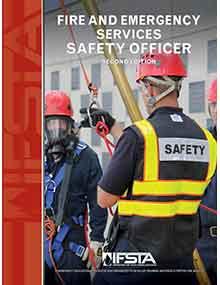
Fire and Emergency Services Safety Officer, Second Edition Manual
New $64 to $75
Editor’s note
The following abstract describes a publication that is available for purchase as an e-book.
To order publications for a tax-exempt organization, contact extpubs@missouri.edu for instructions.

Energy Efficiency and Farm Water Systems
New
Farm water systems are often neglected when it comes to energy efficiency. Although the savings to be realized may not be as great as perhaps energy-efficient lighting, the return can be fairly short for some energy-saving investments. This guide presents some general guidelines regarding farm water systems.

Snakes: Information for Missouri Homeowners, Page 2
Revised
Copperheads are the most abundant venomous snake found in Missouri. The two subspecies are found in Missouri are the Osage copperhead, found in the northern two-thirds of the state, and the southern copperhead, found in the southern third of the state.
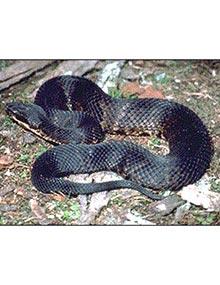
Snakes: Information for Missouri Homeowners, Page 5
Revised
The western cottonmouth is confined to swamps and wetlands in the southeastern part of the state and to the rocky streams and river sloughs in the southern Ozarks. This heavy-bodied snake is dangerously venomous and, contrary to popular belief, can bite underwater.
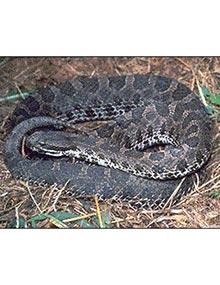
Snakes: Information for Missouri Homeowners, Page 3
Revised
The massasauga rattlesnake is found in the northern half of the state. Although this species has very toxic venom, there are few records of human deaths caused by this small rattlesnake. Massasaugas have become rare in Missouri.

Snakes: Information for Missouri Homeowners, Page 6
Revised
The western pygmy rattlesnake often is called the ground rattler. Its range is restricted to the southern counties bordering Arkansas and the eastern Missouri Ozarks. Although no human deaths are known to have been caused by this species, a bite victim should seek immediate attention.
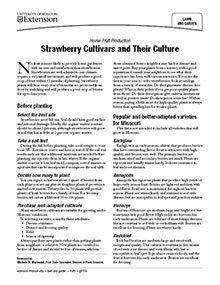
Home Fruit Production: Strawberry Cultivars and Their Culture
Revised
This guide offers practical advice on selecting, planting, and maintaining strawberry cultivars suited for Missouri's climate.
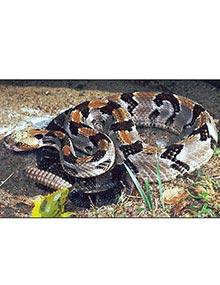
Snakes: Information for Missouri Homeowners, Page 4
Revised
The timber rattlesnake is the largest venomous snake in Missouri and is found throughout the state. The bite of the timber rattlesnake is dangerous and can be fatal to humans.
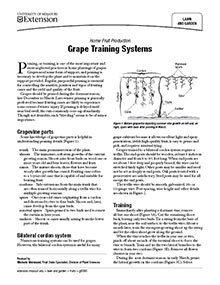
Home Fruit Production: Grape Training Systems
Revised
Pruning is one of the most neglected practices in home plantings of grapes. Visit our site for our Home Fruit Production: Grape Training Systems guide.
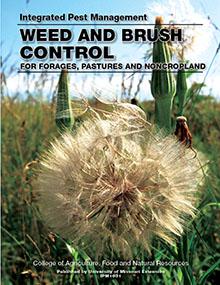
Weed and Brush Control for Forages, Pastures and Noncropland
New $41
Annual broadleaf and grass weeds can become a serious problem in pastures and forages. Learn about forage crop, soil and weed problems in Missouri. See color photos of weeds at different stages and select herbicides with the help of tables in this manual.

Turfgrass Insects, Page 2
Revised
Annual white grub species that can cause turfgrass damage: May/June beetles, masked chafers, black turfgrass ataenius, green June beetles, and Japanese beetles.

Turfgrass Insects, Page 5
Revised
Learn about nuisance pests in turfgrass, including ants, centipedes, millipedes, chiggers, cicadas, crickets, earwigs, fleas, grasshoppers, and more.

Turfgrass Insects
Revised
Learn to manage turfgrass insect pests through integrated pest management, combining cultural practices with minimal pesticide use.

Turfgrass Insects, Page 3
Revised
Billbugs, crane flies and mole crickets are subsurface-feeding insects that can cause turfgrass damage.
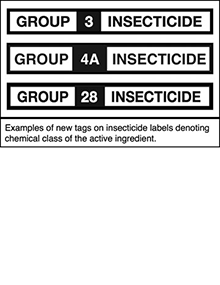
Turfgrass Insects, Page 6
Revised
Insecticide use should be the last resort in managing insect pests, but may be necessary even with a careful integrated pest management plan in place.
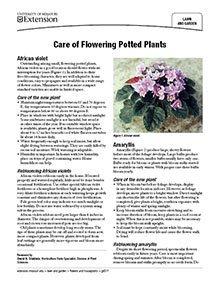
Care of Flowering Potted Plants
Reviewed
Learn how to care for flowering potted plants like African violets and amaryllis, including watering, light, humidity, and reblooming tips.
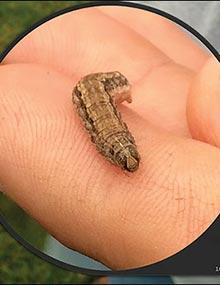
Turfgrass Insects, Page 4
Revised
Surface-feeding insects can cause turfgrass damage: fall armyworms, bermudagrass mites, chinch bugs, cutworms, greenbug aphids, mealybugs and sod webworms.
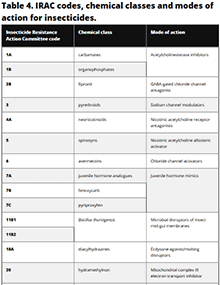
Turfgrass Insects, Page 7
Revised
These tables contain information describing active ingredients, products and target insects of insecticides currently labeled for turfgrass insect control. Insecticide labels are subject to change.